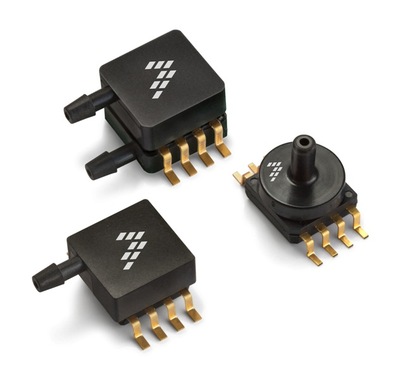2016-11-15
New sensitive materials are the technical basis of sensors, and material technology research and development is an important means to improve performance, reduce cost and upgrade technology. In addition to traditional semiconductor materials and optical fiber, organic sensitive materials, ceramic materials, superconductors, nano materials and biological materials have become research and development hotspots. New sensors such as biosensors, optical fiber sensors, gas sensors and digital sensors are emerging rapidly. For example, optical fiber sensor is a kind of sensor which uses the sensitive function of optical fiber itself or uses optical fiber to transmit light wave. It has the characteristics of high sensitivity, strong anti electromagnetic interference, corrosion resistance, good insulation, small volume and low power consumption. At present, the applied optical fiber sensor can measure more than 70 kinds of physical quantities, and has a broad development prospect; the gas sensor can convert the measured gas concentration into its The output of a certain relationship has the characteristics of good stability, good repeatability, good dynamic characteristics, rapid response, convenient use and maintenance, and so on.

In recent years, the market scale of flow sensor, pressure sensor and temperature sensor in China is the largest, accounting for 21%, 19% and 14% of the whole sensor market respectively; pressure sensor, temperature sensor, flow sensor and horizontal sensor have shown the characteristics of mature market. It is expected that the main growth of sensor market in the future will come from emerging sensors such as wireless sensors, micro system sensors and biosensors. Sensors have entered people's daily work and family life, and have been widely used in various departments of the national economy and national defense construction, and made due contributions to China's modernization.
From the analysis of competition pattern and Development Trend Research Report of China's sensor industry, we can know that the application fields of sensors are more and more broad, from mechanical equipment manufacturing, agricultural production, to electrical appliances, scientific instruments and meters, medical and health, communication electronics and automobile, and now to smart home. Sensors are everywhere. Moreover, in recent years, this trend has become more and more obvious, and there is a lot of hegemony in unifying the country. Especially in recent years, people's demand for the quality of life is getting higher and higher, which leads to the growing demand for smart home. The key parts of smart home are mainly made of sensors, which naturally increases the sales of sensors.
With the development of science and technology, all industries are inseparable from intelligent industry, intelligent agriculture, intelligent transportation, to intelligent logistics, intelligent security and other fields. The demand for intelligence in various fields, in essence, is the increasing demand for information. Sensor has become one of the most important electronic devices, especially the intelligent sensor which can collect, process, analyze and transmit information.
In information consumption, accurate and timely information sources, large coverage density and wide area are the basis, and sensor is one of the most important media. Traditional sensors can meet this demand, but the previous sensors can not analyze and process the information, which is fatal to the electronic components requiring intensive performance, so intelligent sensors emerge as the times require.
The intelligent sensor combines the sensor and the microprocessor closely by means of technology. The sensor and its signal conditioning circuit are integrated with the microprocessor on a chip, which can be called a sensor with preliminary intelligence. Intelligent sensor combines ASIC circuit, microprocessor, communication interface and software protocol with sensitive chip to make full use of sensing information of sensitive chip. Integration, miniaturization, multi-function, intelligence and networking are the development trend of sensors, but integration and miniaturization are the basis of this trend. Only by integrating and miniaturizing technology can we realize low cost, low power consumption, high performance, multi-function, intelligence and networking.
At present, intelligent sensor is the hotspot and frontier of sensor research in the world. The main bottleneck of the development of domestic sensor industry towards miniaturization and integration is the lack of capacity of IC and MEMS technology industry chain in China. There is a big gap between China's IC and MEMS technology industry chain in terms of technical quality, production capacity and production scale. To vigorously carry out the research on intelligent sensors is a leap forward development idea that China should adopt, a key measure to occupy the commanding heights of information technology in the future, and also for the development trend of sensors.